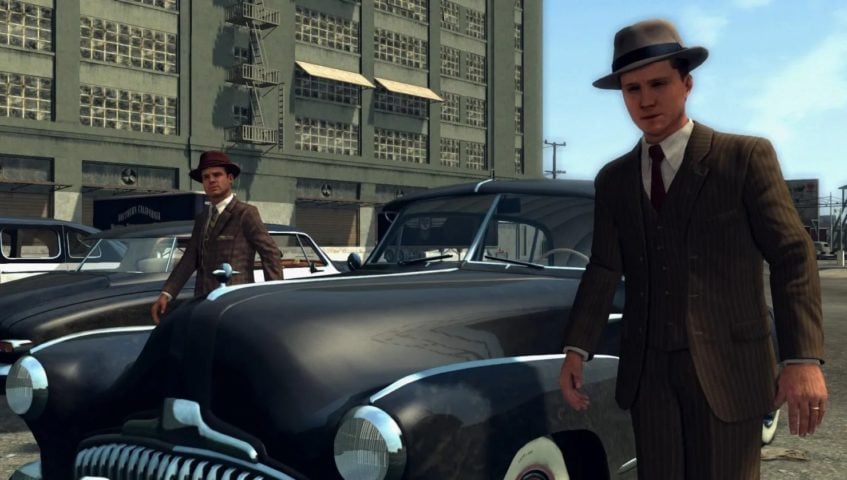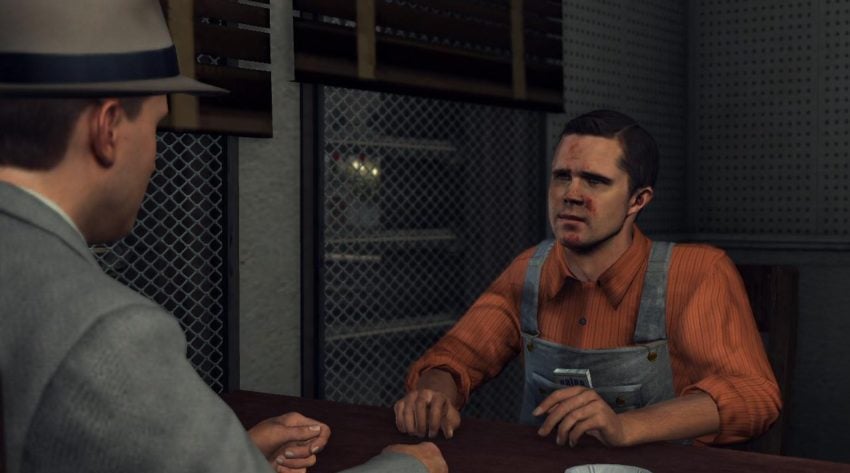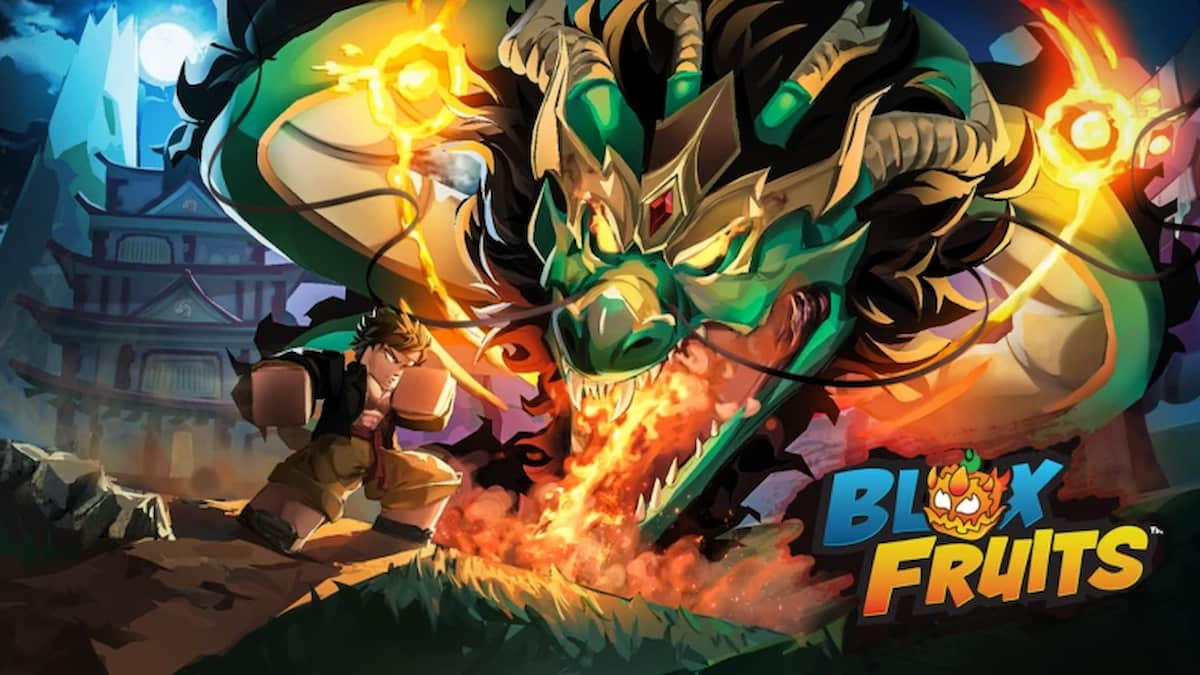L.A. Noire is all about becoming a master detective; you are taught the signs and tips to solve every crime that comes your way. Every suspect is going to show you subtle hints of what is really going on, and it’s up to you to figure out how to best identify those things.
It will take some time to get the full swing of everything down, but it with this guide, you will be set up for success, starting you off in the best shape to becoming the greatest detective in all of Los Angeles.
Take a vehicle
You don’t need to restrict yourself to just a department-given vehicle; if you find yourself in need of transport and can’t get to your car, feel free to take any citizen’s car. There is no penalty to taking one (it is police business, after all), so what’s the point in walking?

Watch your driving
When you do get in a car, be sure to pay attention and drive to the best of your ability. After every case, you will be given a rating, and you can damage your rating if you drive recklessly. Being a better driver will help get you a better ranking for each case.
Know the difference between Doubt and Lying
When you are interrogating a suspect, you are given three options to respond to what they say: Truth, Doubt, and Lying. The difference between the Doubt and Lying isn’t too easy to tell, but there is one thing to always remember: don’t choose Lying unless you have undeniable evidence that they aren’t telling the truth. If you think they are lying but can’t prove it, select the Doubt option to compensate.
Use Intuition
Intuition points are there for you if you are struggling with solving a case. You can use them when you want to see what clues are left over at a crime scene or take away the wrong answers during an interrogation. As you keep playing, you will keep earning Intuition Points, so don’t be afraid to use them.
Look at everything
Don’t just go barreling into any crime scene and begin asking the tough questions; you will want to slow down and observe everything you can. There are many clues and small hints littered around every crime scene, and finding all of these things can be the difference between nailing the suspect or nabbing the wrong person.
Slow Down
About our last tip, we suggest just taking it slow in general. Not just in the act of exploring the crime scene, but also in assessing the situation, what you have already seen, and make sure you have your head on right. You won’t be penalized for taking your time, and it’s not a race.

Keep an eye on body language
The body language of each suspect is what you will want to pay the most attention to, as that is how you can get the right answers. Pay attention to how their eye contact is: are they keeping it? Are they avoiding it? Even that isn’t always the case for a lie, so be sure you pay attention to other behaviors of theirs.
Let your partner drive
You don’t always have to go through the tedium of driving from location to location. You have an array of partners throughout the story, and if you let them drive you to each place, you can skip those driving sections.
It also helps lower your risk of doing some massive damage to people and property.
Stay armed
You won’t have to just rely on your intelligence and perception in solving crimes; sometimes, you will have to fall back on your gun to take an enemy out. You start off with a pistol but can build your arsenal as you go from taking them off enemies or looking in your trunk.
Having better weapons can be crucial to getting through the later – and thus more difficult – missions.
Use your notebook
Forget your partner; your notebook is your best friend when investigating a crime scene. When you find a clue or make any kind of discovery in the case, it will be noted in your notebook to refer to later. When interrogating a suspect, you can always look at your notebook to understand what you need to ask.







Published: Oct 15, 2020 09:58 pm